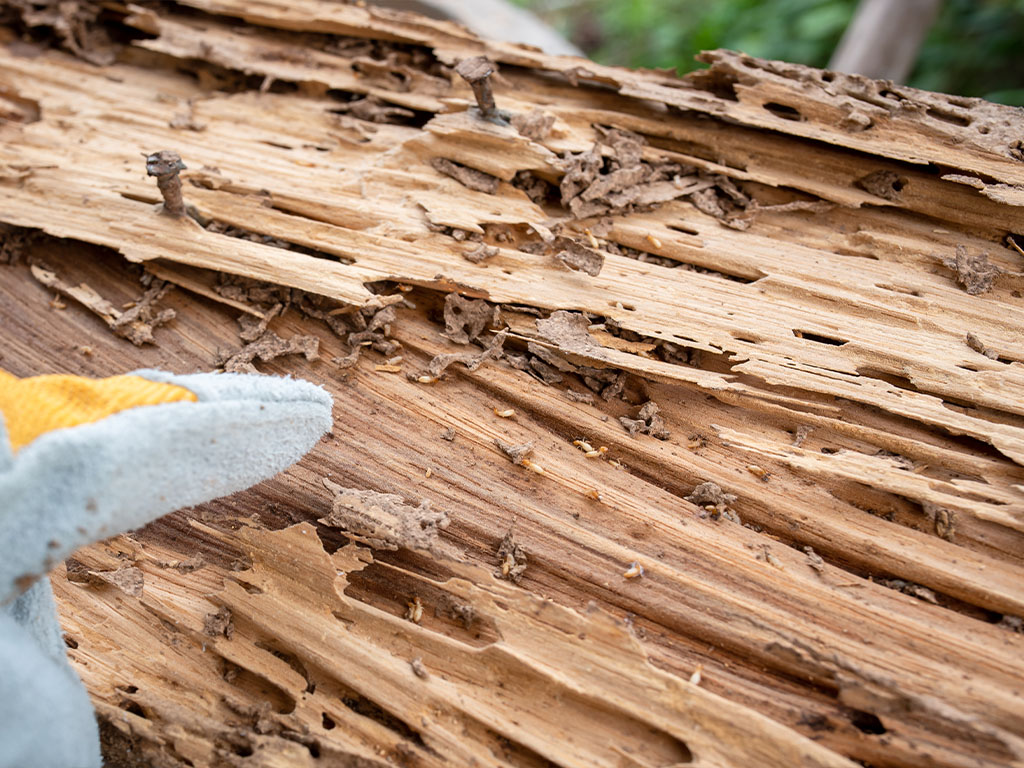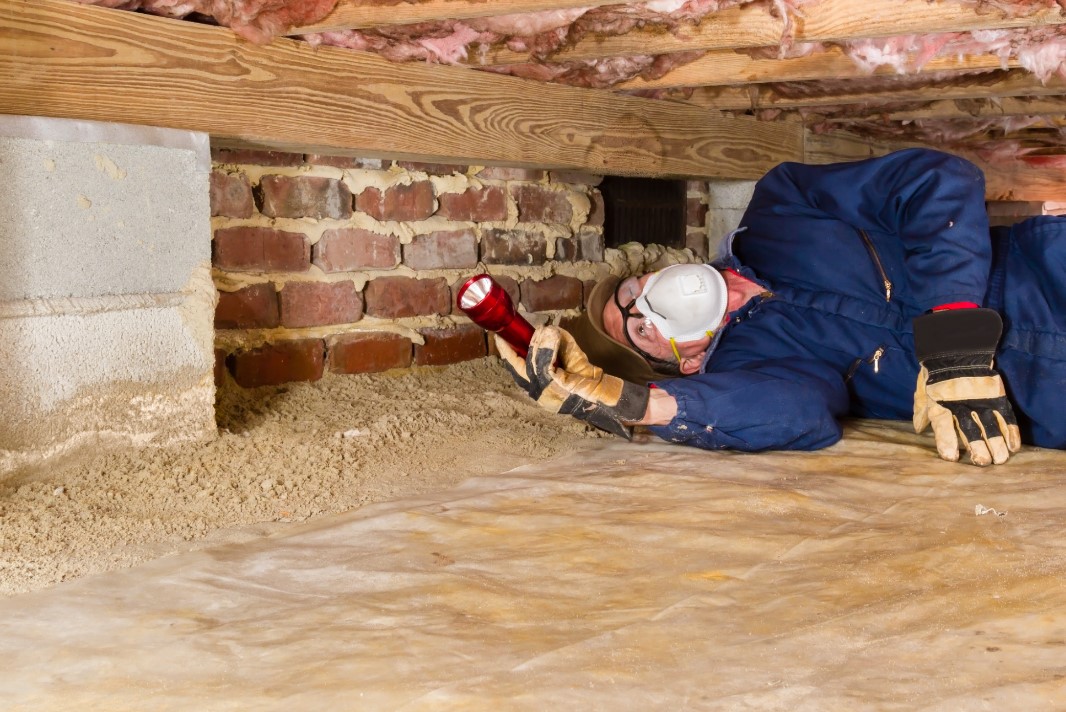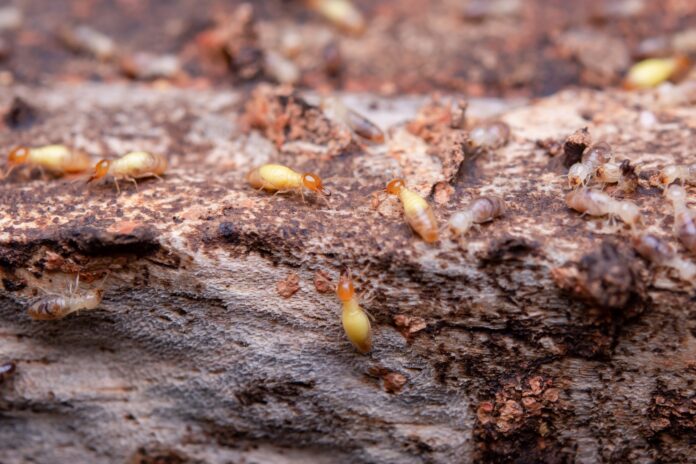Termite fumigation is a critical process in protecting your home from the destructive impact of termites.
While the treatment itself is vital, taking the correct aftercare steps is equally important to ensure long-term protection.
Step 1 ─ Initial Post-Treatment Precautions
After termite fumigation, it’s crucial to adhere to the recommended waiting period before re-entering your home.
Professionals will advise you on the specific duration needed for the fumigants to dissipate and for indoor air quality to return to safe levels. This precaution ensures that any residual chemicals do not pose a health risk to you and your family.
Inspect and Restore Utilities
Once it is safe to re-enter, check all utilities to ensure they are functioning correctly. Plug in any unplugged appliances and, if necessary, restore the gas supply.
Be sure to close all windows and drawers to prevent other pests from entering the home, as they may be attracted to the scent of the fumigants.
Step 2 ─ Thorough Cleaning and Safety Measures

After termite fumigation, taking the proper steps to clean your home thoroughly is essential to ensure a safe and healthy living environment. Here’s how you can effectively carry out this process:
Allow Fumigants to Settle
Before starting the cleaning process, it is crucial to allow sufficient time for the fumigants to settle completely. This waiting period ensures that any lingering chemicals have dissipated and are no longer a threat to your health.
Follow the guidelines provided by your pest control professionals regarding the duration of this waiting period.
Dispose of Exposed Food Items
Any food items that were exposed during the fumigation process should be discarded immediately.
It includes unpackaged food, open containers, and any food items that were not adequately sealed. This precaution is necessary to avoid contamination and ensure that no residual chemicals are ingested.
Wipe Down Surfaces
Once it is safe to begin cleaning, start by wiping down all surfaces thoroughly. Use a damp cloth with mild soap or a cleaning solution recommended by your pest control provider.
Pay special attention to kitchen countertops, dining tables, and other areas where food is prepared or consumed. Cleaning these surfaces helps eliminate any residual fumigants that may have settled.
Vacuum Floors
Next, vacuum all floors in your home, including carpets, rugs, and hard surfaces. Vacuuming removes any dead termites, termite droppings, and other debris that may have accumulated during the fumigation process.
It also helps to improve indoor air quality by reducing dust and allergens.
Step 3 ─ Long-Term Preventative Actions

Address any water leaks or damp areas in your home immediately, as these conditions attract termites.
Repairing termite damage promptly prevents further deterioration and potential structural issues.
Maintaining a dry and well-ventilated environment is key to discouraging future infestations.
Ongoing Vigilance
Consistent vigilance is essential for long-term termite control. Schedule regular inspections with pest control professionals and consider follow-up treatments as necessary.
Keep your property free from dead wood, leaf litter, and other materials that could attract termites. Properly store important documents and food items to protect them from potential contamination or damage.
The Bottom Line
Following these steps after termite fumigation is crucial for maintaining a termite-free home.
By being proactive and vigilant, you can protect your property from future infestations and ensure that the treatment’s benefits last.
Always consult with professionals for regular maintenance and inspections to keep your home safe and secure.




